This weekend is the 12th Annual Transgender Day of Remembrance (TDOR,) and many of us across the nation will be memorializing transgender Americans murdered because of their gender identities or gender expressions.
The purpose of TDOR is to raise public awareness of hate crimes against transgender people and to honor their lives that might otherwise be forgotten.
This event is held every November honoring Rita Hester, a 34 year old African American transsexual, who was mysteriously found murdered inside her first floor apartment outside of Boston on November 28th, 1998, because it kicked off the “Remembering Our Dead” web project.
Rita is another one of our black civil rights martyrs, but sadly, too, few African Americans know of her or even care how Rita was murdered. But if Rita were heterosexual and the news was that her alleged killer is a white male, my community would still be on the hunt for him.
Many transgender people, because of transphobia and anti-trans violence in this society, feel most comfortable moving about their lives in the night and out of the view of the general public. In urban enclaves known for their gang violence, crimes against transgender people often go unnoticed or are seen as lesser crimes.
It’s not easy for any person of African decent to be LGBTQ in our black communities, but our trans brother and sisters, are the most discriminated against among us. With misinformation about transgender people in our country still rampant and egregiously offensive, its impact is deleterious. And because of how transphobia, in this present-day, has taken shaped in black communities, most of our trans populations not only have much higher rates of suicide, truancy, HIV/AIDS, drugs and alcohol abuse, and murder, than we already have among our queer populations in black communities, they also have much higher rates of homelessness.
For example, today, 42 percent of the country’s homeless youth identifies as LGBTQ, and, tragically, approximately ninety percent within this group comprise of African American and Latino trans youth from urban enclaves like New York City, Boston and Los Angeles.
But homelessness and residing outside of their communities have not always been the case with our African-American transgender communities. Black drag balls and then “drag houses” or “drag families,” as seen in Jennie Livingston’s 1990 documentary film "Paris Is Burning," were comprised of primarily African American and Latino transgender people who lived in their communities. Their performance at drag balls illustrate how race, class, and varying ranges of gender identities and expressions, deconstructs notions of masculinity, and redefines what it is means to be a diva.
During the 1920’s in Harlem, the renowned Savoy Ballroom and the Rockland Palace hosted drag ball extravaganzas with prizes awarded for the best costumes. Harlem Renaissance writer, Langston Hughes, depicted the balls as “spectacles of color.” George Chauncey, author of "Gay New York," wrote that during this period “perhaps nowhere were more men willing to venture out in public in drag than in Harlem.”
more on next page...
\\\
(continued)
And with constant harassment by white policemen patrolling the neighborhood, making the trans community their conspicuous target along with public denouncements of them by black ministers, like the famous Adam Clayton Powell Sr. of Abyssinian Baptist Church, Harlem’s trans community was, nonetheless, unrelenting with their drag balls, because they were wildly popular and growing among its working class. And these drag balls were reported in the black press:
“Of course, a costume ball can be a very tame thing, but when all the exquisitely gowned women on the floor are men and a number of the smartest men are women, ah then, we have something over which to thrill and grow round-eyed,” reported the gossipy black weekly tabloid The Inter-State Tattler.
Although, today, African American and Latino trans are relegated to the margins of our communities, if not expulsed from them, they, nonetheless, force their way into being a visible and powerful presence in our lives, leaving indelible imprints while confronted with not only transphobia but also “trans-amnesia.”
For example, the inspiration and source of LGBTQ movement post-Stonewall is an appropriation of a black, brown, trans and queer liberation narrative and struggle. The Stonewall Riot of June 27-29, 1969, in Greenwich Village started on the backs of working-class African-American and Latino queers who patronized that bar. Those brown and black LGBTQ people are not only absent from the photos of that night, but are also bleached from its written history. Many Black and Latino LGBTQs argue that one of the reasons for the gulf between whites and themselves is about how the dominant queer community rewrote and continues to control the history of Stonewall.
I won’t forget Rita Hester. It’s why we have TDOR.
And I won’t forget the vigil we held for her in 1998 because I am still haunted by the words of Hester’s mother.
When she came up to the microphone during the Speak Out portion of the vigil at the Model Cafe where Rita was known, Hester’s mother repeatedly said in a heartbroken voice that brought most of us to tears, including myself “ I would have gladly died for you Rita. I would have taken the stabs and told you to run. I loved you.” As the vigil processed from the Model Cafe to 21 Park Vale Avenue where Rita lived and died, Hester’s mother again brought me to tears as she and her surviving children kneeled in front of the doorway of Rita’s apartment building and recited, and many of us joined in unison with them “The Lord’s Prayer.”
In remembering Rita, let us keep vigil - its Latin root “vigilia” means “night spent watching” - against hatred and violence.
Be SheWired's Friend on MySpace!





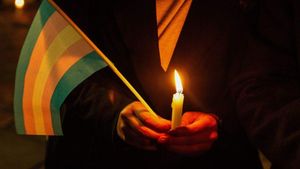





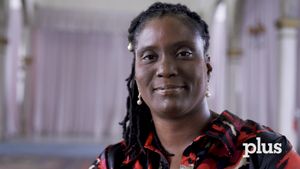
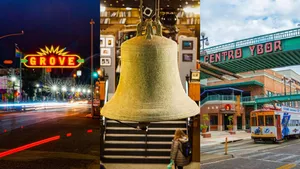























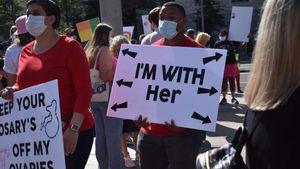









































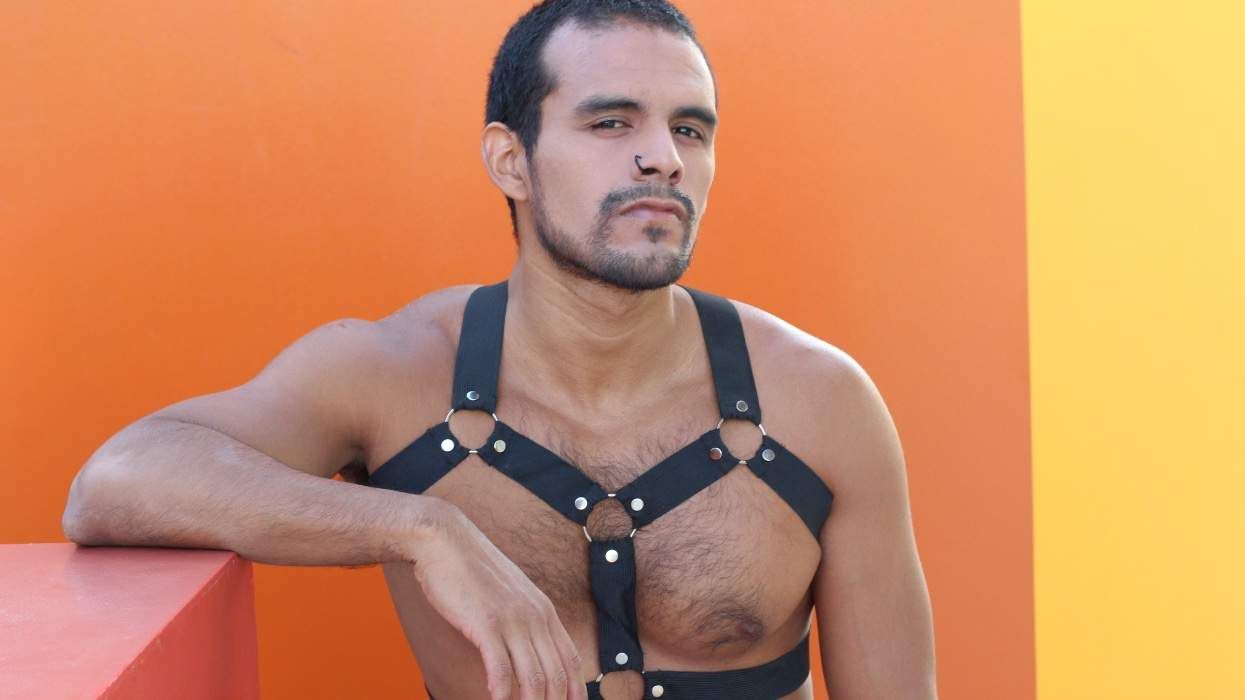






 Cindy Ord/Getty Images
Cindy Ord/Getty Images

























